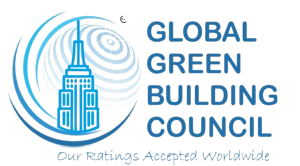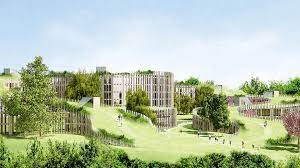Green affordable housing has a significant impact on various aspects of individuals, communities, and the environment. Here are some key impacts of green affordable housing:
- Environmental Impact:
- Energy Efficiency: Green affordable housing incorporates energy-efficient design features, such as insulation, high-performance windows, and energy-efficient appliances. This reduces energy consumption and lowers greenhouse gas emissions.
- Renewable Energy: Green affordable housing often integrates renewable energy systems like solar panels, which further reduce reliance on fossil fuels and contribute to clean energy generation.
- Water Conservation: Green affordable housing incorporates water-saving features such as low-flow fixtures, rainwater harvesting systems, and efficient irrigation systems. This reduces water consumption and helps conserve water resources.
- Sustainable Materials: These housing projects prioritize the use of sustainable and environmentally friendly building materials, reducing the environmental impact associated with resource extraction and construction waste.
- Economic Impact:
- Energy Cost Savings: Green affordable housing reduces energy consumption, resulting in lower utility bills for residents. This helps alleviate the financial burden of energy costs and improves the affordability of housing for low-income individuals and families.
- Job Creation: The development and construction of green affordable housing projects create job opportunities in sectors such as renewable energy, energy efficiency, and sustainable construction.
- Long-Term Cost Savings: The incorporation of energy-efficient features and durable materials in green affordable housing reduces maintenance and operational costs over the long term. This helps lower the overall cost of ownership and improves housing affordability.
- Social Impact:
- Health and Well-being: Green affordable housing provides healthier living environments through improved indoor air quality, natural lighting, and better thermal comfort. This positively impacts the physical and mental well-being of residents.
- Community Engagement: Green affordable housing projects often involve community participation in the planning and design process, fostering a sense of ownership and pride among residents. Community spaces and amenities in these developments promote social interaction and a sense of community.
- Education and Awareness: Green affordable housing projects can serve as educational platforms, promoting sustainability practices and raising awareness about the environmental and social benefits of green living.
- Climate Change Mitigation:
- Reduced Carbon Footprint: Green affordable housing reduces greenhouse gas emissions through energy-efficient design, renewable energy integration, and sustainable practices. This contributes to mitigating climate change and transitioning to a low-carbon economy.
Overall, green affordable housing combines affordability, sustainability, and social equity. By addressing both environmental and social aspects, it provides long-term benefits for residents, communities, and the planet, creating a more sustainable and inclusive future.





